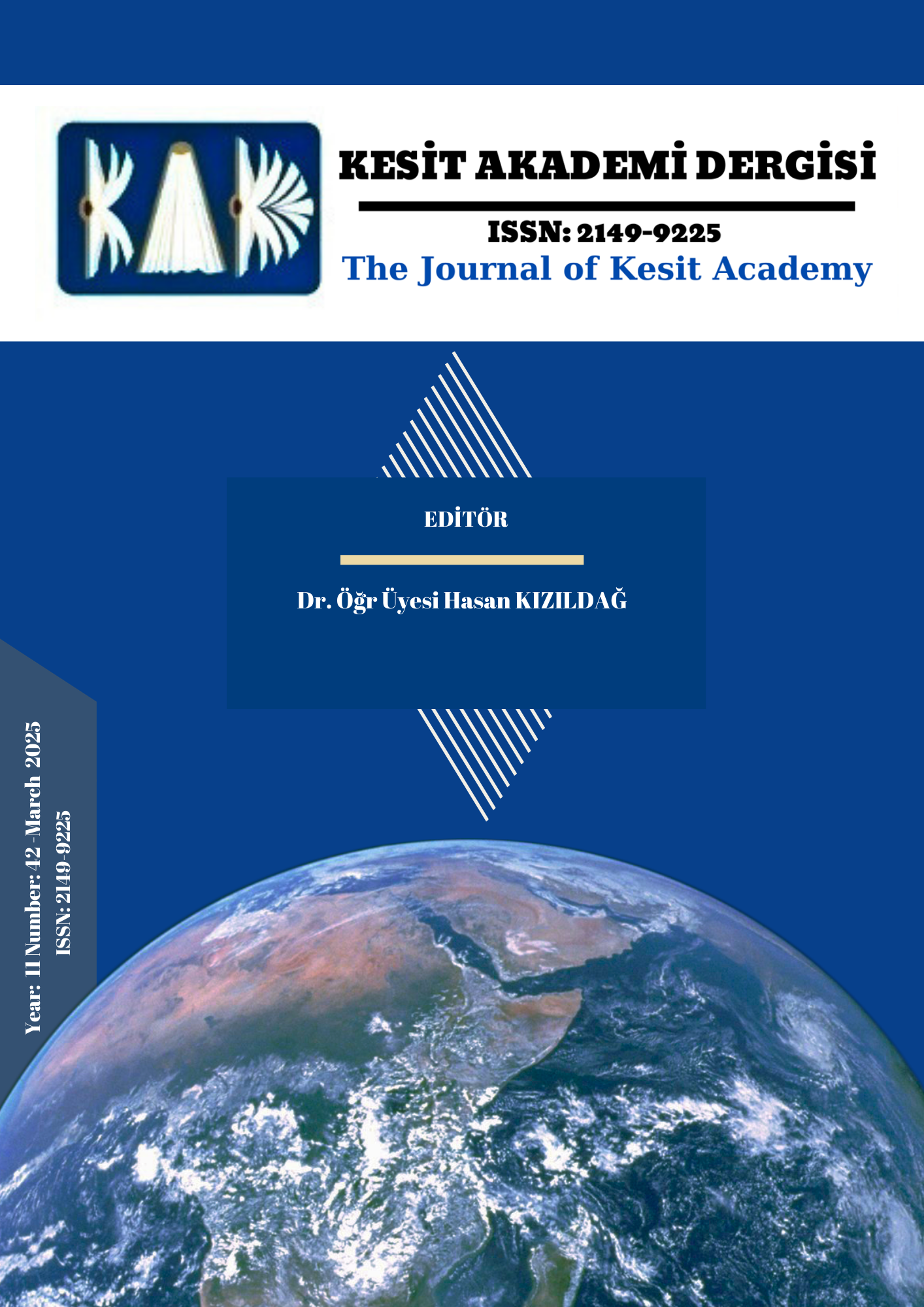Author :
Abstract
Bu çalışmada, hicrî 710 yılında vefat eden Ebü’l-Berekât en-Nesefî’nin Medârikü’t-Tenzîl ve Hakâiku’t-Te’vîl adlı tefsiri, beyan ilmi açısından incelenmiştir. Bilindiği üzere Kur’an’ın, muhataplar üzerindeki etkisini artıran en önemli hususlardan biri de kelimelerin mecazî veya dolaylı anlamlarını dikkate alarak mesajını çeşitli anlatım yöntemleriyle iletmesidir. Belagat kavramı olarak “Manayı farklı yollarla ifade etme ve bu yollar arasındaki farkları ortaya koyma sanatı” olarak tanımlanan beyan ilmi, bu yöntemler arasındaki nüansları incelemektedir. Bu çerçevede Nesefî, tefsirinde Kur’an’daki edebî sanatlara, özellikle teşbih, mecaz ve kinaye gibi beyan unsurlarına dikkat çekmiş ve bu sanatların anlam üzerindeki etkilerine değinmiştir. Böylece beyan ilminin daha ziyade uygulama yönüne vurgu yapmış, belagat ilminin teorik tartışmalarına girmemiştir. Bu çalışmada, müellifin ayetlerdeki edebî inceliklere yaklaşımı ve bu sanatları nasıl yorumladığı örneklerle incelenmektedir. Ayrıca, müellifin belagat konularına olan katkısı, hem teorik hem de pratik açıdan ele alınmaktadır.
Keywords
Abstract
In this study, the exegesis of Abū al-Barakāt al-Nasafī, who died in 710 AH, entitled Madārik al-Tanzil and Haqā'iq al-Ta'wīl is analyzed in terms of the figures of speech (‘ilm al-bayân). As is known, one of the most important aspects of the Qur'an that increases its impact on the interlocutors is that it conveys its message through various methods of expression by taking into account the figurative or indirect meanings of words. The figures of speech, which is defined as “the art of expressing meaning in different ways and revealing the differences between these ways” as a concept of rhetoric, examines the nuances between these methods. In this framework, al-Nasafī drew attention to the literary arts in the Qur'an, especially the figures of speech such as simile, metaphor, and allegory, and touched upon the effects of these arts on meaning. Thus, he emphasized the practical aspect of the figures of speech and did not enter into the theoretical discussions of the science of rhetoric. This study examines the author's approach to the literary subtleties in the verses and how he interpreted these arts with examples. In addition, the author's contribution to eloquence is discussed from both theoretical and practical perspectives.





